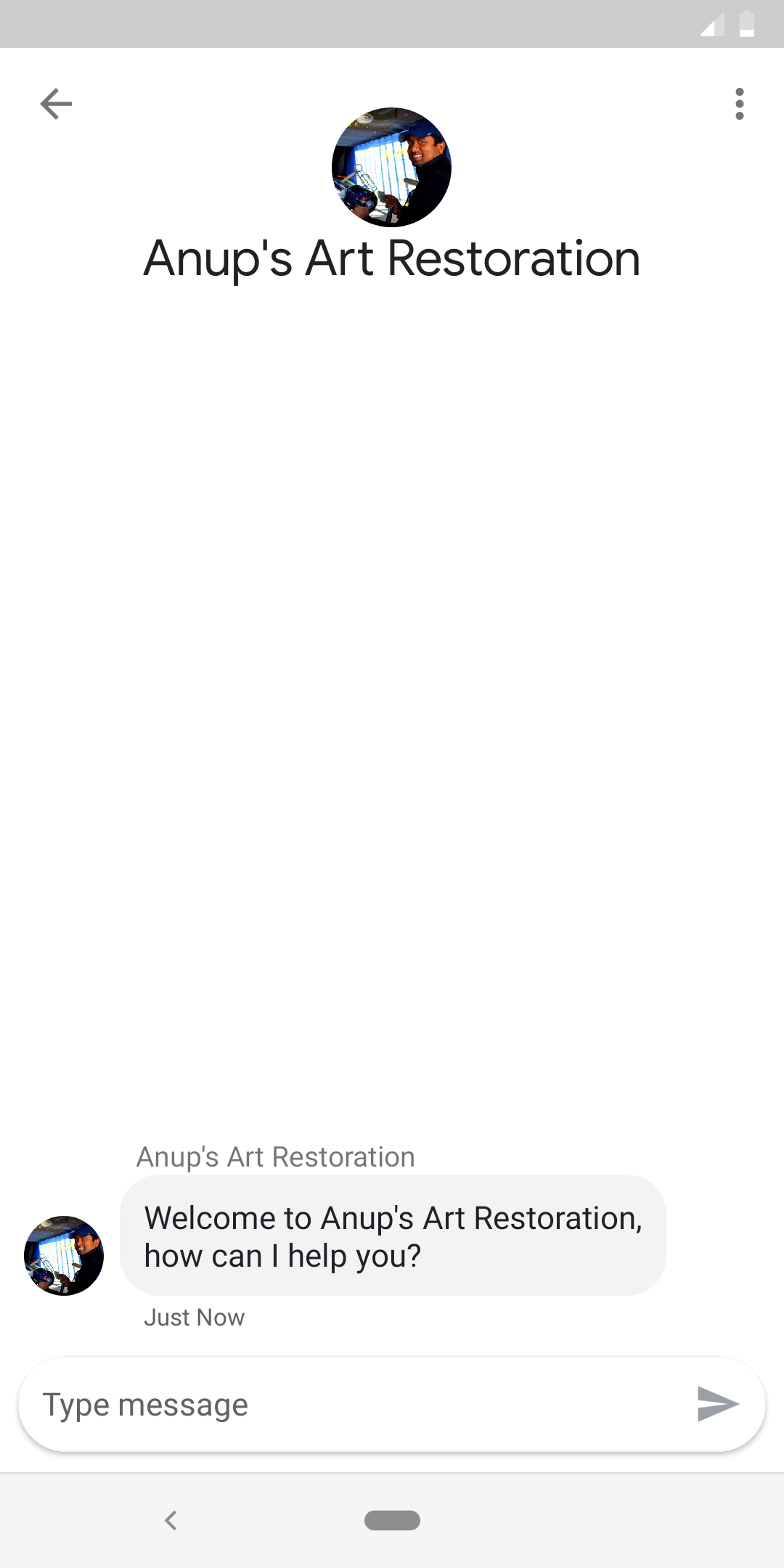Page Summary
-
Business Messages enables users to message brands directly from Google Search results and Google Maps.
-
Conversations with a brand's agent are facilitated through a Google messaging surface on iOS and Android.
-
Messages are exchanged between the user and the brand's agent via a webhook and the Business Messages API.
-
Messages are encrypted between users' devices and Google servers, and between Google servers and Business Messages agents.
-
Conversations can continue for up to 30 days after the user's last message and are asynchronous.
With Business Messages, you can place messaging buttons for brands within organic Google search results. When a user clicks on a messaging button, they start a conversation with an entity representing the brand—the brand's agent.
The conversation takes place on a Google messaging surface available on iOS and Android. You receive and respond to customer messages, through the agent, using a webhook and the Business Messages API.
The life of a Business Messages conversation
After you register with Business Messages and create an agent for your brand, users can send messages to your brand or your brand's locations through your agent. When a user searches and locates a brand that you manage, the results include a message button.

When the user taps the Message button, it opens a conversation with your brand's agent on their device, and the agent greets the user with a welcome message.

When the user sends a message, Google delivers it to a webhook you define as a JSON payload. Depending on the content and use case of the message, you can route the message to the correct destination: staff at a business location, support staff elsewhere, or an automated response system.
After your staff or infrastructure creates a response to the user's message, you send that response to the Business Messages API, which routes the message to the user through your brand's agent.
The conversation continues until you and the user stop sending messages. You can send messages up to 30 days after the user's most recent message. After a conversation is complete, users can return to conversations and re-engage agents. Conversations are asynchronous for both the agent and the user.
Encryption
Messages sent between users and agents are encrypted between users' devices and Google servers and between Google's servers and Business Messages agents. Businesses can't use their own encryption keys because Google needs to scan messages for spam to protect all users and businesses.
Messages received on users' devices are encrypted by any device-wide encryption that users have configured for their devices, and Google deploys on-device security models to protect message data.
Messaging surface
Google uses a rich conversational messaging surface for business messaging conversations. This surface can be triggered on Android and iOS devices and is available for the wide majority of phone users.
There is a Business messaging inbox in the navigation menu of the Google Maps app.
Entry points
Business Messages has entry points from organic Google search results on mobile browsers and from the Google Maps app (for location-based brands).
Next steps
Now that you know the basic flow of a business messaging conversation, review the guidelines and register as a partner with Business Messages.

